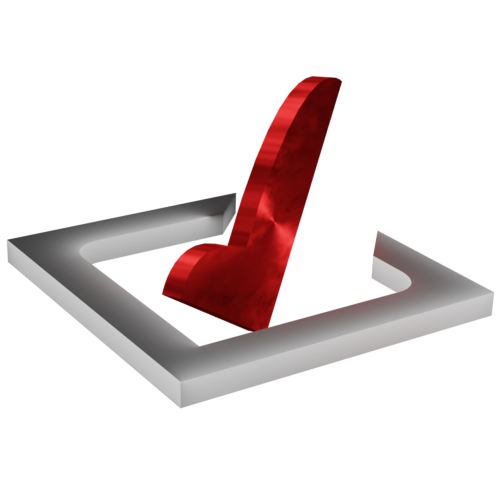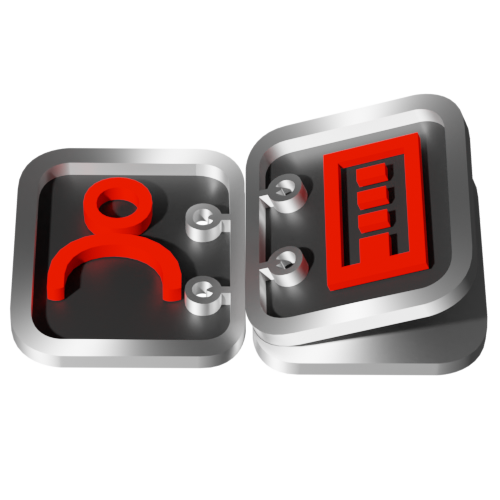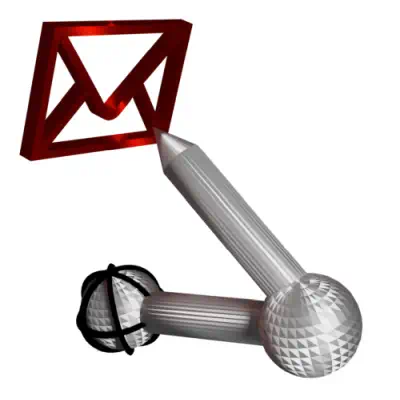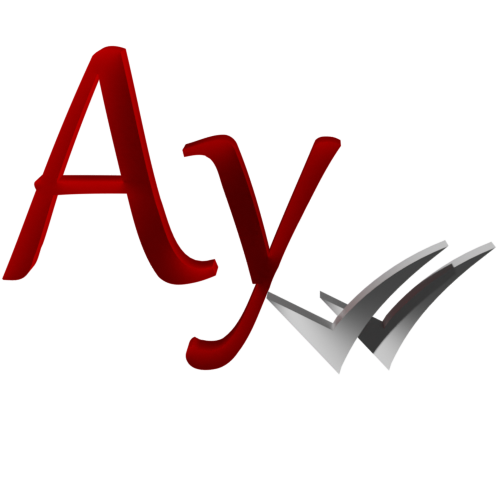AyMINE – Technical documentation
Modules
Integration with ERP Abra Gen
 Task, project & quality management
Task, project & quality management
Manager approval with the task report
Why some data can't be deleted
GDPR and record of qualifications
Qualification of user or contact
Right to Manage Qualifications
Adminitration of areas, projects, calendars
Failure Analysis for an Individual Property of a Component or Process
FMEA – Probability of Detection
FMEA – Probability of Occurrence
 Task, project & quality management
Task, project & quality management
Administration of the Task Management Module
System rights for the task management module
Improvements and Preventive Measures
Methodology and Quality Management systems
What makes up the methodology / SMJ
Problems, tickets and their management
Collaborative Resolution of Multiple Problems
Customer Service Response Generation
Incident and Quality Issue Management
Objects affected by the problem
Problems, Incidents, Helpdesk Tickets
Return project plan by baseline
Sample tasks and methodologies of the area
Effect of the task on the right to modify the attached object
The person responsible for the task
Working procedure – task definition
Management of responsibilities - RACI Matrix
Objects related to the task pattern
 Contacts and directories module (CRM)
Contacts and directories module (CRM)
Address book list and management
Directory or people and companies
Order overview for customer groups
 Contacts and directories module (CRM)
Contacts and directories module (CRM)
System Permissions and CRM Module Settings
Send bulk messages in compliance with GDPR
How to correctly forget a person's details
Unsubscribe and set preferences
for bulk mail
 Web management and automation
Web management and automation
Receiving a message from the web
Human resources
Personalistics – User Permissions and roles
Human Resources module security
Manage department / division data
Overview of Personnel Information for pracov# Employment Contract
Synchronizing staff and system users
 Products, assets and sales
Products, assets and sales
Creating and processing orders
Manage the Property & Business module
Why are the Quality criteria usefull
Managing Finance
Metrics and Measurements
Work summaries from generated data
Technical Modules
Sabre plugin module
Enterprise Architect connector
Database link to Enterprise Architect database
Enterprise Architect connector
System Modules
 The AyMINE Framework Module
The AyMINE Framework Module
AyMINE — Tips for Mobile Usage
Configure how your system looks and works
Gestures and Keyboard Shortcuts
More about how the system works
Private notes and tags for objects
Overview of Modules and Record Types
 Meeting
Meeting
Digitising meeting management is a key way to work effectively with information across the business
Preparing for a meeting
Preparing for a meeting consists of creating a new Meeting record (object) within which everything that is needed for the meeting is prepared:
- list of participants
- setting the date and time of the meeting
- information to be discussed (e.g. minutes from the last meeting)
- tasks to be evaluated
- decisions to be made
Once prepared, the system sends invitations to all participants.
Generating preparation
Tip: Meetings usually have the same participants and cover the same areas. Typically, tasks are discussed in the meetings until they are completed. You can easily create a new meeting by generating a new one from a the previous one – use the command Repeatable for several new meetings or New meeting for a single new meeting.Automatic generation of a recurring meeting includes:
- copying the list of participants
- adding pending items from the previous meeting to the agenda
- if the previous meeting includes a date for the next meeting, scheduling it for that date and scheduling it for the next meeting the same time later; if not, the repeat dates must be entered
Meeting invitation
The meeting agenda is available to all invited persons. They have even possibility to add new themes (linke their task that requires collaboration). The cooperation at the meeting agenda definition simplifies work for the meeting manager.
If it is necessary to send the agenda to participants who do not have access to AyMINE, a PDF copy of the agenda could be generated directly from AyMINE and distributed.
Excuse from the meeting
A participant can send an apology from the meeting in advance by creating an apology text for his/her participation in the meeting.
Meeting invitation and submission of documents
Meeting participants will receive an invitation from which they can open the meeting table. On the table they will see everything that will be discussed at the meeting, so they have the opportunity to prepare in advance.
If the agenda needs to be sent to external participants who do not have access to AyMINE, it is possible to generate it as minutes of the meeting even before the meeting starts and send out the generated PDF.
Apology from the meeting
A participant can send an apology from the meeting in advance by creating an apology with the text of the apology for his/her participation in the meeting.
Implementation of the meeting
Participation in the meeting
For each participant, it is possible to confirm his/her participation in the meeting or apology.
It is possible to cancel a meeting with a reason, both before and after the meeting has started. A typical reason for cancellation may be insufficient number of members to make a decision.
Discussion of items
The conduct of the meeting is supported by the meeting table. On this table are all the items of the meeting and support for working with them
- A record of the meeting can be added to the information and tasks. At the same time, information that they have been discussed is saved
- Tasks can be declared closed at the meeting (can be done by the person in charge or by the meeting organizer if the person in charge is among the participants)
- Decision-making can be conducted in accordance with its internal process. A record of its preparation can be kept within the meeting
A PDF record is then generated of all the steps and records of the deliberation. The meeting leader can send out information about the minutes. The minutes become a document stored in the meeting.
Icons on the desktop
Icons for objects on the workbench help orientation. By default, the icons for objects are for that object, but they change during meetings.
Meeting objects
During processing, objects – program points – in a deliberation are put into different states expressed by an icon:
– Assigned to the meeting for resolution
– Solved and closed. The object (a meeting agenda topic) is closed by the meeting and will not be addressed by the next meeting
– Moved to the next meeting. Item will be addressed again at the next meeting.
– New – newly created in the meeting
Meeting participant
Some meetings may require that all persons who participated in full or in part in the meeting be recorded (e.g. for meetings where classified information is discussed). Therefore, AyMINE allows multiple participant roles to be defined:
– regular participant
– Speaker A participant invited to present a position; the participant is not a full participant, typically does not attend the whole meeting, does not vote, and in principle the content of the meeting is not a working topic for the participant. This may be a proponent of a solution that the consultation is concerned with who is not a voting member.
– Secretary, secretary or someone else where he/she takes care of ensuring the processes related to the meeting
– An attendee is invited to the meeting for any reason but is not a full participant. (E.g. interpreter)
– Press A guest who keeps the wider community informed of the events and outcomes of the meeting
The status of a regular participant in a meeting is represented by icons:
– Present throughout the meeting.
– Present only part of the time
– Not attending the meeting
– Attendance not recorded
Status of the meeting itself
– The meeting is in preparation and has not yet been officially announced. Participants have not received invitations
– invitations have been sent out
– the meeting is ongoing
– the meeting has taken place
– meeting has been cancelled (not held and not scheduled)
Meeting minutes’ approval
If the approval of the meeting minutes is to be formally recorded, we recommend that a vote on the minutes be included as the last item of the meeting. The minutes are immediately visible in detail and everyone can view and comment on them.
If the minutes need to be finalized manually and then approved, it is also possible to open the meeting afterwards and change the edited minutes. Formal documented approval of the minutes is possible in several ways:
- Vote on the minutes at the next meeting.
- Create a vote on the minutes outside the meeting and invite participants to comment (It is preferable to create this vote during the meeting and leave it unresolved. This will make it immediately retrievable from the meeting.)